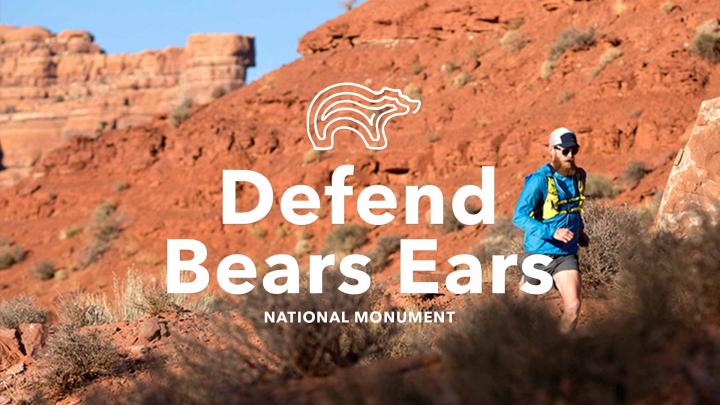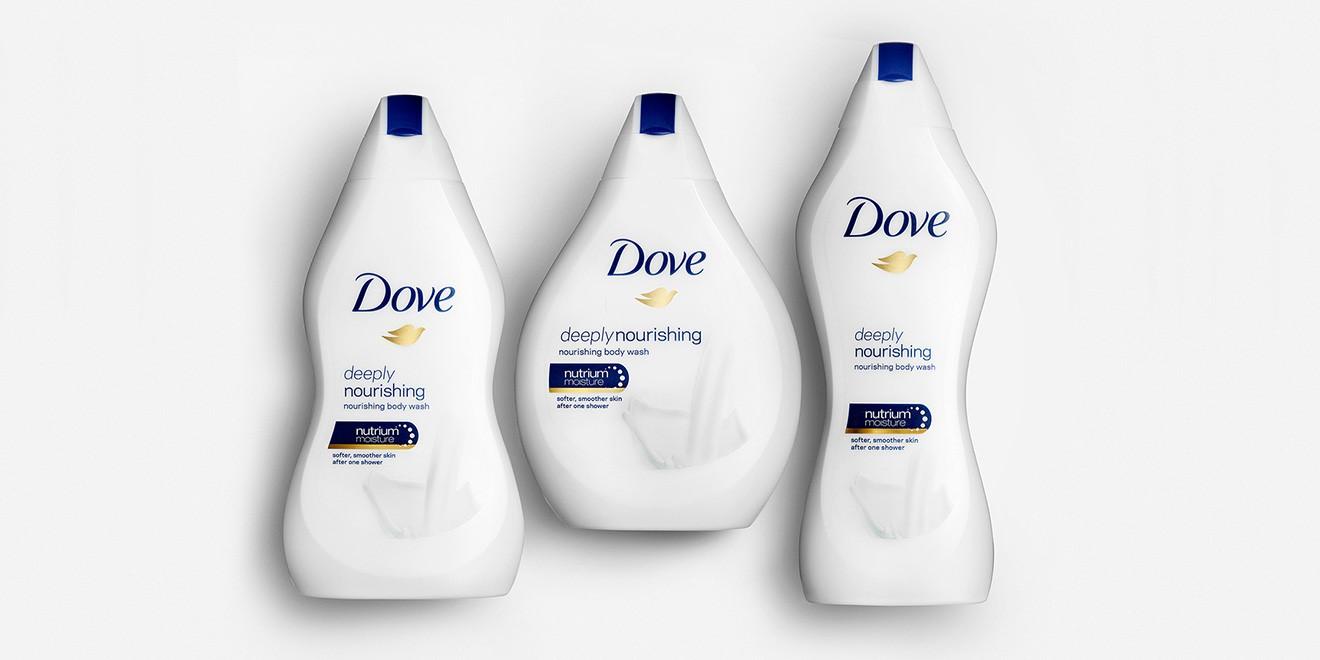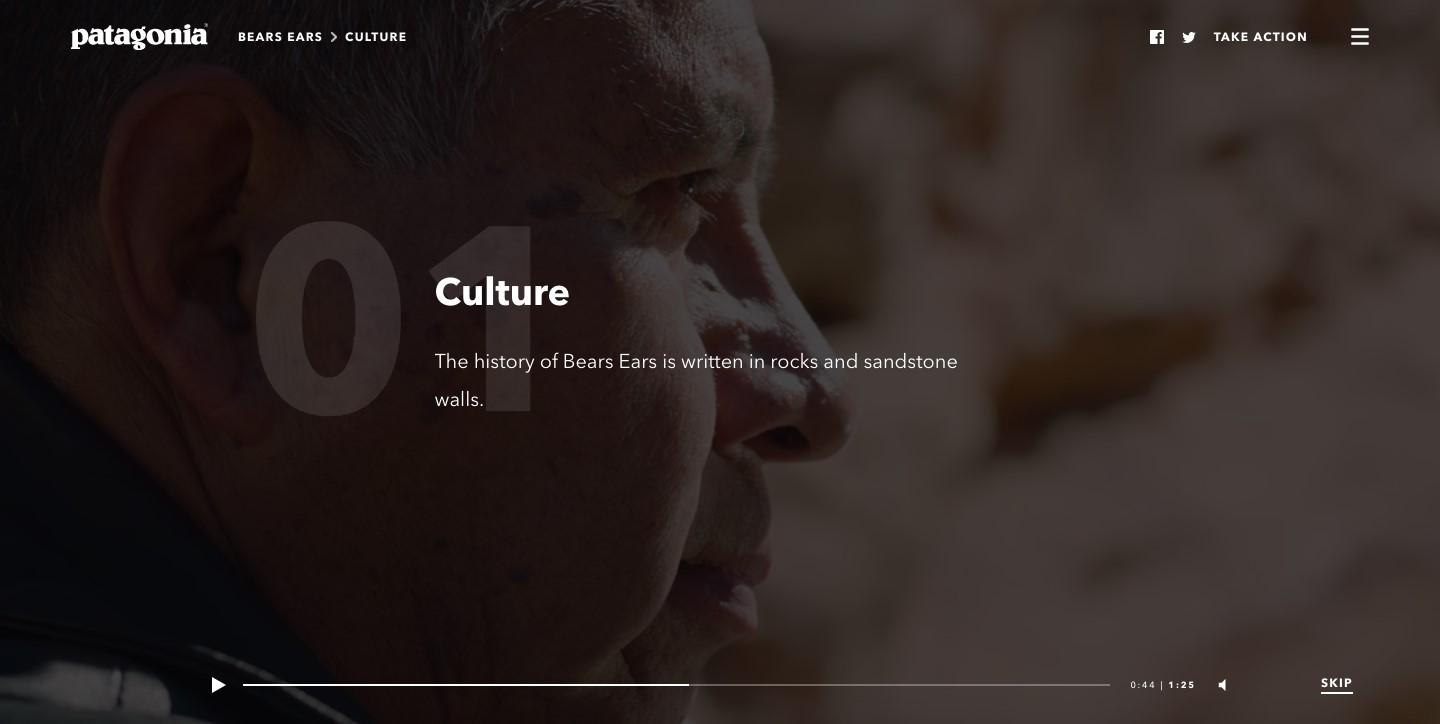

Branding is about building perceptions in the minds of customers and knitting those perceptions into a unique brand identity. This enables brands to charge a premium over generic or unbranded versions of their product or service and also allows brands to build loyalty that sustains over time. Iconic brands capture the zeitgeist of current times, similar to how brilliant films, remarkable athletic feats, and subversive songs define a particular period of history. This is where brand building strategy appears and why brands have a value above and beyond the sum of tangible assets on the balance sheet.
Great brands exert positive power, a force for good that further amplifies the quality of products that they make, reach more customers through the truly differentiated service they offer or empower people on the fringes to be lifted up. But with great power comes responsibility, and when a brand is not founded on a purpose or loses sight of it, the red flags start appearing in more ways than one: the mere following of trends, proliferation of trivial variants, and pushing of poor content.
According to the Meaningful Brands report by Havas, “People wouldn’t care if 74% of the brands they use just disappeared.” To take it even further, the same study also found that 300,000 people across 33 countries perceive “60% of all content created by brands is poor, irrelevant or fails to deliver.” Ouch.
The outlook may appear hazy for the current state of branding, but the flip side is an opportunity for brands to rise up. Permeating purpose through any action and experience that a brand creates will require companies to evolve the meaning and value they deliver to their customers. The key to getting there lies in taking systematic paths for adapting brand strategy to reflect a definitive purpose.
The purpose is defined in many ways in a brand-building strategy. A cause does not equate to purpose, and in fact the specific causes a brand backs do not matter as much as the alignment of meaning and unique impact that come together to deliver on a clear brand proposition. It sometimes looks like giving people greater access to information (Google), or strengthening and nurturing community (YMCA). Enduring businesses have reframed the spaces they occupy to transcend the products or services they offer. Purpose becomes apparent when brands are putting something out in the world that advances humanity.
Brands with purpose consistently embody these criteria:
These foundational elements, combined with the principles of partnership, transparency, and the activation of actions, result in a user base that not only offers its loyalty but is also eager to advocate on behalf of the brand-building strategy.
At the end of the day, a brand’s offering must “serve a need or satisfy a want”. Furthermore, brands are not just selling a physical product or tangible offering, but also a greater idea that the offering represents, such as improved health or effortless elegance. But the precursor to selling people on an idea is usually predicated on achieving functional alignment with their users – that is, the fulfillment of a clear value proposition that meets an express need for the brand’s audience.
At the recent annual I/O conference attended by thousands of developers, Google’s keynote shared new features for the Google Home product including compatibility with services such as Hulu or HBO, Bluetooth connection, and the capability to act as a phone. The smart speaker also brought functionality to the next level by pairing visual responses on connected screens, like displaying your day’s calendar on a Chromecast-connected TV. For Google, the main function their smart speaker product fulfills is simple: to make people’s lives easier.
Another brand that prioritizes the brand-building strategy of making lives easier is Amazon. Amazon offers products that many vow they could not live without, like Amazon Prime for getting a last-minute Christmas delivery in on time or AmazonFresh for condensing a forty-minute trip to the grocery store after work into five minutes on the phone. In more recent news, the brand has been sealing partnerships with other brands like Apple TV for bringing the Prime video app to Apple TV and the NFL for live streaming football games for Prime members. By cooperating and using a brand-building strategy toward the shared vision of making people’s lives easier, Amazon leverages strategic partnerships to expand functionality and relevance to its users in a holistic manner. For brands considering partnerships, creating a perceptual map with relevant dimensions serves as a guide to identify partners with complementary attributes and ensure alignment with the company’s overarching goal for its brand positioning.
Inquiry – For considering brand partnerships
1. Does the brand partnership in consideration bring different and complementary enough areas of expertise to solve a problem or pain point together?
2. What is the vision for a mutually beneficial partnership, and what do the terms of engagement look like in the mid-to-long term?
With functional alignment lowering barriers to understanding the benefit of a brand’s offering, the next step is ensuring the values of the brand mirror those of its audience. The jury is still out on whether brands should take overt stances on social issues, with some studies reporting that consumers dislike when brands take a position on political and social issues, and others showing that the highest engagement comes from brands that empower their users to join a movement. However, employing a purposeful brand-building strategy is not as black and white as conflicting studies may suggest.
Taking a stance is not about making a single declaration on an issue so much as it is about addressing a complex contradiction experienced by society. Even so, the expectation for brands is not that they will pose tidy solutions, but instead embolden people to imagine real paths for reconciling those contradictions. To succeed at that, brands must echo the words and images that their supporters use to talk about the brand and issues that matter to them, or else risk operating on a different wavelength.
PepsiCo faced the harsh disconnect in their recent ad that made the brand hall of shame. We won’t harp on it here since it’s been covered ad nauseam here, here, and here. But if there is any takeaway to learn from the ad aside from always testing a message before it goes live, it is that mirroring the values of your audience goes beyond feigning adversity and fulfilling a quota for diversity as a means to sugarcoat a much more complicated tension. It actually requires brands to broach difficult nuances and complexities with truth and transparency, as is inevitably required of real people navigating everyday challenges. Storyboarding is a tool that helps plot a brand-building strategy with a narrative that corresponds to those challenges without reality gaps.
Heineken forges a path for tough dialogues in their “Worlds Apart” ad. The spot pairs a man who believes that “feminism is man-hating” with a woman identifying as a “100% feminist”, a trans woman paired with a man who believes it is wrong to be transgender, and two men on opposite ends of the spectrum when it comes to climate change. The beer brand creates an environment for the pairs to straddle the polarities by working together and building empathy. While many brands have attempted to convey a message of unity and inclusivity, most end up toeing the line for fear of alienating their customer base. What sets Heineken’s approach apart from other expressions of bridging division is that the brand took the plunge to go where most have not by bringing together truly different perspectives. In personifying ways to bridge difficult divides and strive toward courageous acts of empathy, Heineken puts out a clarion call for transparency in a time and current social context that considers trust to be the ultimate currency of the human experience.
Inquiry – For practicing transparency across brand expressions
1. Imagine the brand ceased to exist. What kind of legacy would it leave behind?
2. How does the message put out there relate to the brand, individual customers, and society?
To deliver an expression that garners emotional equity, a good starting point would be to ask a few questions:
Inquiry – For earning emotional equity
1. What kind of language, visuals and objects does the brand use to express its identity?
2. How does the brand reflect its values?
3. How does the brand’s community communicate its identity to the world?
Dove is known to have consistently high marks in the emotional equity department. The personal care brand has redefined the meaning and convention of beauty. But in their latest “real beauty” campaign featuring bottles of different shapes and sizes to represent women, the campaign flopped. While Dove proceeded confidently with an expression it believed to reflect its values, it failed to examine how members of its community prefer to express their identities to the world. In encapsulating a path to body positivity as literal body-shaped bottles, Dove missed the mark and dehumanized the experience by reducing people to a size and shape. To avoid the mishap, Dove would have done better to map out what the emotional journey of their users toward body positivity actually looks like. But, while the campaign flopped, the emotional equity, functional alignment, and values resonance that the brand’s legacy has built over the years will see a resilient comeback for the personal care brand, according to a survey conducted days following the campaign that found 82% of people still had a favorable view of Dove.

Dove’s most recent “real beauty” campaign
So what about emotional equity done well? We look to a brand pioneering the path for all brands in what it means to advance humanity. Google news “Patagonia” and you’ll find a weekly slew of articles not about their latest ad campaigns or C-suite shakeups, but instead articles from The Denver Post or Huffington Post with headlines that read similar to this one: “Patagonia Threatens To Sue White House Over National Monument Order”. Head to Patagonia’s homepage, and you’ll find “Speak Up for Bears Ears National Monument” front and center as the hero image greeting visitors of the landing page, with a button reading: “Words are action – Let them hear your voice”.
Patagonia demonstrates a new operating model and brand-building strategy for brands, where the division of business and social responsibility falls away. Transcending profit and perceptions, the outdoor brand breathes and lives its mission and purpose. Patagonia aims to play a role in the everyday lives of their customers not just through high-tech jackets and fair-trade certified swimwear, but also by mobilizing their community towards initiatives that relate to their user base. Patagonia’s call to action for Bears Ears National Monument features:

Patagonia’s call to action for Bears Ears National Monument
The power of Patagonia’s call to action stems from the emotional equity and allegiance gained through putting its neck on the line for issues they are passionate about. But rather than stopping there, the outdoor brand invites its users to fulfill a specific role and play a part in bringing a shared mission to fruition. Providing clear and actionable steps for customers to educate and involve themselves in relevant issues is where a brand’s purpose comes to life.
Brands today must have a clear reason for why they exist and what they want to achieve in the world. Our brains rely on concepts to help navigate the world around us, and concepts are what create our cultures, our systems, and even our brands. The brands that people choose to associate themselves with send a message to others about who they are. In that sense, the stakes are higher and the opportunity is greater for brands to embody a purpose that resonates with customers. To seize the opportunity, brands need not look any further than the lemons in the world waiting to be turned into lemonade.
A Labbrand Group Company © 2005-2025 Labbrand All rights reserved
沪ICP备17001253号-3To improve your experience, we use cookies to provide social media features, offer you content that targets your particular interests, and analyse the performance of our advertising campaigns. By clicking on “Accept” you consent to all cookies. You also have the option to click “Reject” to limit the use of certain types of cookies. Please be aware that rejecting cookies may affect your website browsing experience and limit the use of some personalised features.